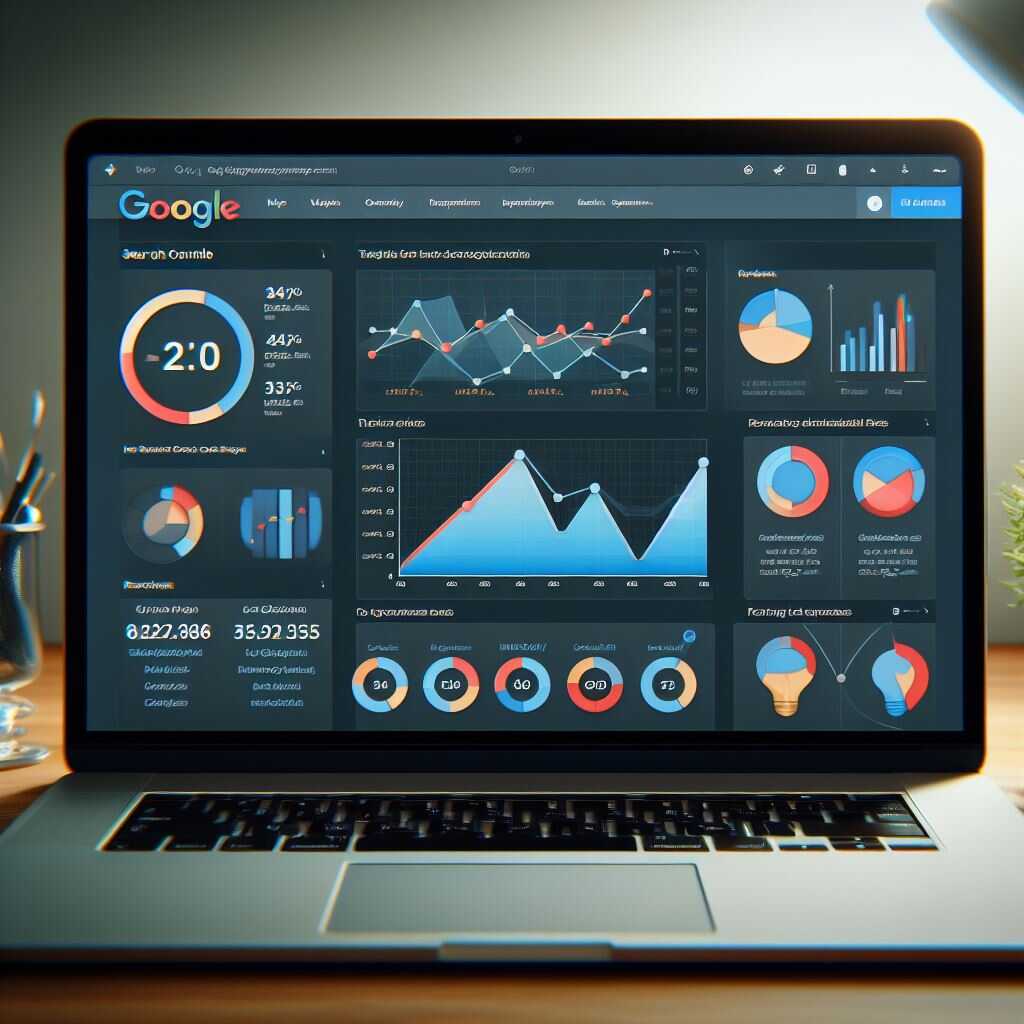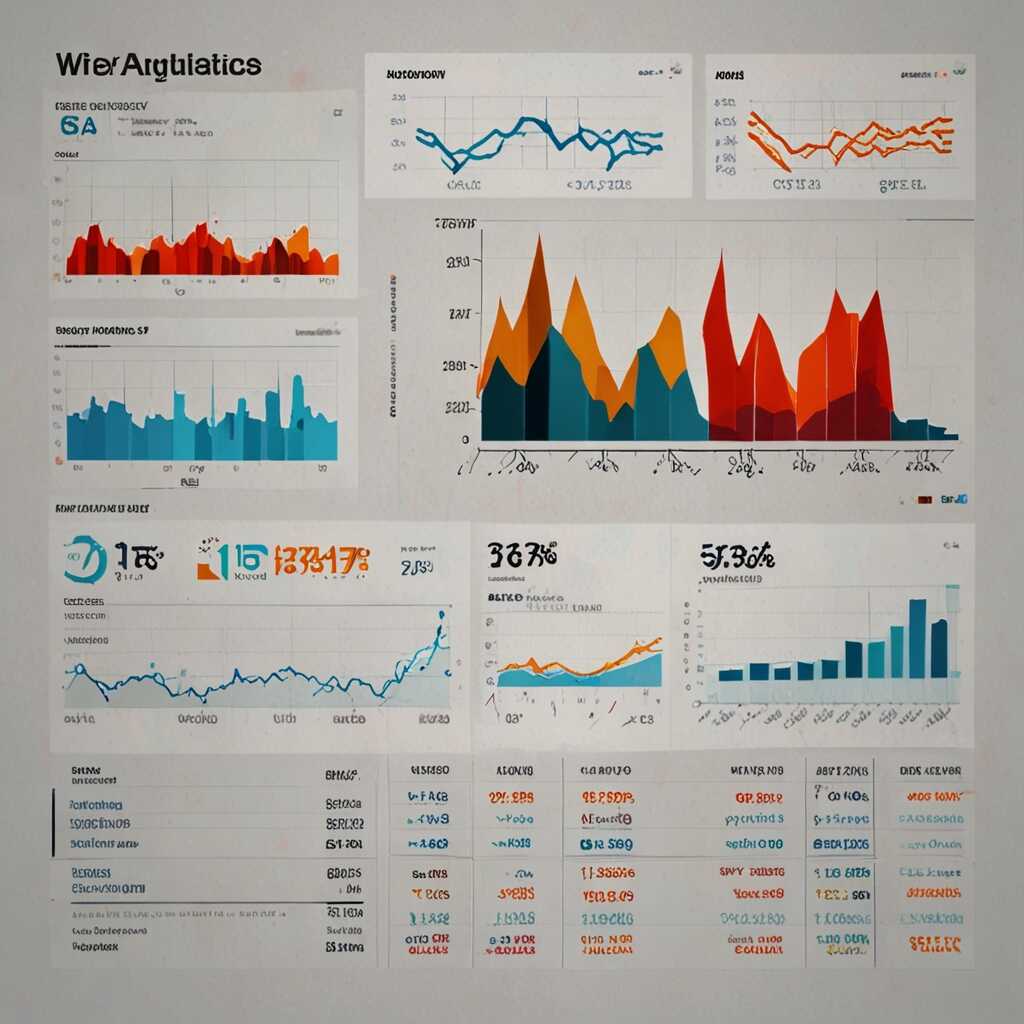Search algorithms tend to favor certain content types over others due to various factors that influence visibility and ranking. Understanding these preferences is essential for optimizing your content effectively. At Metrics Rule, we analyze how different content types perform in search engine results, identifying key strategies to enhance your SEO efforts. By focusing on the elements that capture search algorithm attention, we can help you create content that stands out and ranks higher.
Introduction to Search Algorithms and Their Purpose
Search algorithms are sets of rules designed to navigate and manage the vast amount of online information. They serve a crucial purpose in delivering relevant results to users based on their search queries. These algorithms assess and rank content types by several factors, including keyword relevance, content quality, user engagement, and website authority. Understanding these foundational purposes allows SEO professionals and content creators to optimize their content for better visibility and ranking in search results.
Key Factors Influencing Search Algorithm Efficiency
The efficiency of search algorithms hinges on key factors, such as content relevance and website performance. Algorithms analyze various elements, such as keyword usage, page loading speeds, and mobile access. A well-structured sitemap significantly aids in crawling and indexing, enabling algorithms to find and categorize web pages quickly. Furthermore, algorithms constantly evolve based on user interaction data and technological advancements. Reliable testing methods inform algorithm updates, ensuring users receive the best and most relevant content available.
Key Factors That Shape Content Prioritization
Understanding the key factors that search algorithms use to prioritize content is essential for enhancing content visibility. Search engines prioritize content based on factors such as relevancy, user engagement, and technical optimization. Content that effectively answers user queries and keeps users engaged is favored. Metrics like click-through rates, average time spent on a page, and bounce rates directly influence rankings. Content types such as in-depth articles, visual media, and well-structured e-commerce pages tend to rank higher due to their ability to engage users effectively. Additionally, continuously optimizing content ensures it remains visible and appealing.
Essential Content Types for SEO Success
Different content types can significantly impact SEO success. For instance, articles that incorporate rich multimedia such as videos and infographics lead to higher user engagement and dwell time. Search engines like Google prioritize this type of content because it offers a multi-faceted view of a topic, keeping users on the page longer. E-commerce sites benefit immensely from well-organized product descriptions that include relevant keywords and high-quality images. This approach not only enhances SEO performance but also improves conversion rates, as users feel more informed and confident in their purchasing decisions. Employing these strategies can provide your content with the edge it needs in the competitive marketplace.

User Intent and Its Role in Content Ranking
User intent is a critical factor that significantly impacts the ranking of content in search results. Understanding the nuances of user intent helps in crafting relevant content that aligns with the needs and expectations of searchers. There are three primary types of user intent: informational, navigational, and transactional. By clearly identifying these intents, content creators can match their content types effectively. For example, blog posts or articles usually cater to informational intent, while product pages typically target transactional intent. Recent studies reveal that approximately 60% of search queries are motivated by informational intent, emphasizing the importance of providing useful, engaging content that addresses users’ questions.
Types of User Intent and Their Importance
Grasping the different types of user intent is essential for effective search engine optimization (SEO). Informational intent involves users seeking knowledge or answers, making it ideal for blogs, FAQs, and educational content. Navigational intent describes users looking for a specific website or page, which necessitates a well-structured sitemap and clear navigation cues. Lastly, transactional intent includes users ready to make a purchase, requiring optimized product descriptions and persuasive calls-to-action. By understanding user intent, brands like Metrics Rule in Vancouver can develop tailored SEO strategies that enhance user experience and improve content ranking.
Statistical Insights into Content Preferences
- Over 70% of search engine clicks go to the first organic results.
- Content types like videos account for 80% of the internet traffic.
- Search engines prioritize fresh content, updating rankings frequently.
- Longer articles (2000+ words) rank better on average than shorter ones.
- Approximately 60% of users prefer content that provides direct answers to queries.
- Images in articles can increase user engagement by 94%.
- Mobile-friendly content accounts for over 50% of all web traffic today.

Characteristics of High-Quality Content for SEO Success
High-quality content is defined by several key features that align with search engine standards. Original content stands out because it offers unique insights or solutions that users cannot find elsewhere. Relevance plays a crucial role; content must address the specific needs and interests of your target audience. Depth refers to how thoroughly the topic is explored, providing valuable information that enhances the user’s knowledge. It is essential to integrate at least 5-7 relevant keywords naturally throughout the content to improve visibility in search results.
Importance of Originality and Relevance in Content
Originality and relevance are critical factors that enhance the effectiveness of your content for SEO. Search engines like Google prioritize content that provides a fresh perspective rather than repeating what is readily available. When creating content, ensure that it answers specific questions and offers detailed solutions to user queries. This will not only improve user engagement but also signal to search engines that your content is worth ranking higher. By maintaining a focus on these elements, content creators can build trust and authority, ensuring better crawling and indexing by search engine algorithms.

Essential Technical SEO Considerations for Visibility
Technical SEO plays a crucial role in enhancing how effectively search engines index and rank your content. Essential components include website speed, which should ideally be under 2 seconds. A mobile-friendly design is necessary to cater to the growing number of mobile users. The website structure must be logical and easy to navigate, ensuring that search engines can crawl and index content efficiently. Implementing an SEO-friendly sitemap also helps search engines understand your site’s structure, improving overall search visibility.
Optimizing Website Structure for Better Indexing
A well-organized website structure is vital for improving indexing efficiency. Utilizing a clear hierarchy in your site layout allows users and search engines to navigate easily. Include internal links to related content, which helps search engines discover other pages. Additionally, ensure that every page has a descriptive title and relevant meta tags that make it easy for search engines to understand the content. Tools like Google Search Console can be beneficial for testing your site’s structure and monitoring indexing issues. These practices can significantly enhance your SEO performance and user experience.
Key Advantages of Optimizing Content Formats
- Improved search rankings lead to higher website traffic overall.
- Enhanced user experience keeps visitors engaged longer.
- Diverse content types attract a wider audience demographic.
- Content structured properly increases chances of appearing in rich snippets.
- Improved visibility leads to higher conversion rates for businesses.
- Sharing interesting content types on social media encourages viral reach.
- Regular updates to diverse content types keep your site relevant and fresh.

The Influence of Multimedia Elements in Content Engagement
Multimedia elements like images, videos, and infographics significantly improve user engagement with content. They capture the audience’s attention and help convey complex information quickly. Search engines evaluate these elements based on user interaction, including time spent on a page and the click-through rate. Engaging content with rich visuals can enhance its appeal and, therefore, improve its chances of ranking higher in search results. Studies show that content featuring multimedia elements can provide up to a 60% increase in user engagement compared to text-only formats.
Evaluating Multimedia Effectiveness in SEO
Search engines like Google assess multimedia effectiveness by analyzing metrics such as user engagement and dwell time. High-quality images and engaging videos not only enhance the content appeal but also demonstrate reliability and value to search algorithms. Effective multimedia elements can lead to improved crawling and indexing, ensuring that your content is featured prominently in search results. By optimizing multimedia for user experience, you can provide essential data that increases the likelihood of conversions. Strategies such as using descriptive alt tags for images and including transcripts for videos can further enhance SEO performance.
The Role of Backlinks and Domain Authority in Rankings
Backlinks play a crucial role in enhancing a website’s ranking on search engines like Google and Bing. They act as endorsements from other websites, signaling reliability and authority to search engine crawlers. The quality and quantity of backlinks can significantly influence a domain’s authority, which is a critical ranking factor. For example, a website with a high domain authority often ranks better in the search results compared to those with lower authority. As of 2023, a significant portion of SEO experts agree that backlinks largely impact rankings, providing valuable data supporting effective link building techniques. Moreover, domain authority helps ensure a site is perceived as a trusted source, further enhancing its search engine ranking.
Strategies for Building Effective Backlinks
To develop a successful backlink strategy, it’s essential to focus on earning high-quality links from reputable websites relevant to your niche. Engaging in guest blogging, creating shareable content, and networking with industry influencers are proven methods to attract quality backlinks. E-commerce sites, in particular, benefit from detailed product reviews and customer testimonials, which can be linked back to the original content, thereby boosting site authority. Additionally, leveraging tools like Google Analytics can help track the performance of your backlinks and their contribution to your visibility and rankings. Implementing these strategies can efficiently enhance your search engine ranking and overall online performance.
Comparative Analysis of Brands and Their Target Audiences
- Google thrives on informative articles that provide clear answers.
- YouTube focuses on visual and engaging content for younger audiences.
- Bing attracts users with its emphasis on local search results.
- Medium appeals to writers, providing a platform for long-form written content.
- Quora engages users seeking immediate answers to specific questions.
- Reddit favors community-driven content suited to niche interests.
- LinkedIn serves professionals looking for industry-related articles and networking.
Strategies for Optimizing Content According to SEO Best Practices
When optimizing content for search algorithms, consider keywords relevant to your audience. Use keyword research tools to identify high-traffic terms. Then, implement content optimization strategies like including these keywords in titles, meta descriptions, and naturally throughout your text. User engagement metrics such as time spent on a page and bounce rates can significantly affect search rankings. Monitor reviews and feedback to enhance the quality of your content. Adjust your approach based on this data to improve visibility in search engine results. Lastly, ensure your content meets technical requirements for crawling and indexing.
Understanding the Performance of Different Content Types
Content types like blog posts, videos, and infographics perform differently in search rankings. For instance, videos often generate higher engagement rates, which can enhance SEO performance. Similarly, infographics can provide a quick visual representation of data and improve user retention. Aim to incorporate a mix of formats to appeal to various audience preferences. Additionally, consider mobile search performance; in 2025, approximately 75% of searches are expected to occur on mobile devices. Optimize all content types for mobile by ensuring they load quickly and are easy to read on smaller screens. Metrics like page speed and mobile usability are crucial for maintaining high visibility in search.
